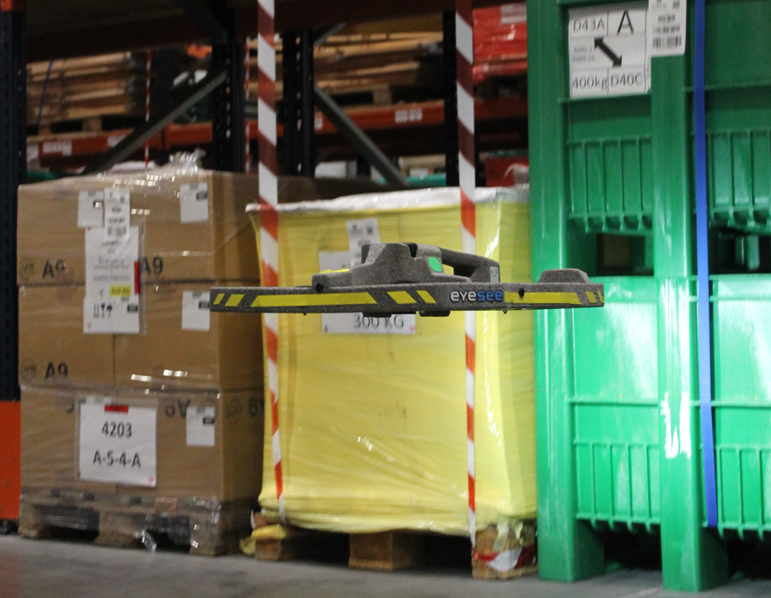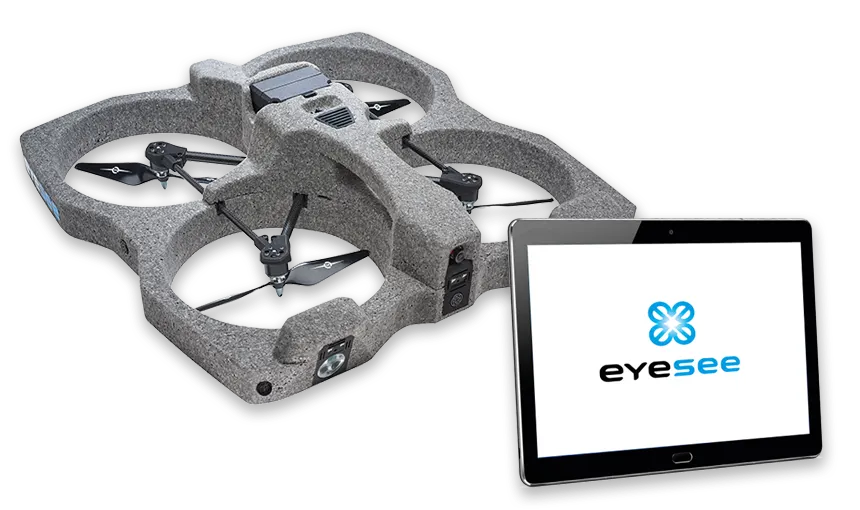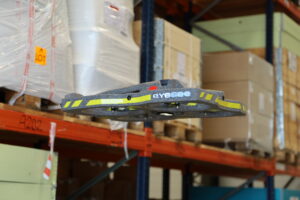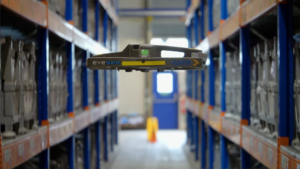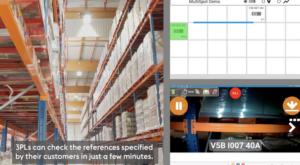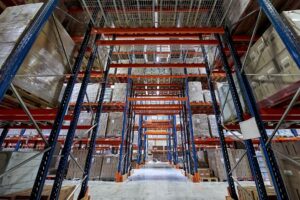Every year, companies embark on the tedious task of conducting warehouse inventory, and counting all their stocks. While necessary, this process can be time-consuming. There are various types of inventories, each with different goals, ranging from basic stock control to more specific measures like label errors, product defects, or quantity discrepancies.
But which inventory method is suitable for your needs? Find out more about the different types of inventory and their purpose.
Different types of inventory: adapting the method to your company
Inventory according to fiscal year
Initial warehouse inventory is taken at the start of the business or year, before stock additions and purchases. In contrast, the final stocktaking is done at the end of the fiscal year, to determine remaining assets, sales and the impact of commercial activities.
Inventory Based on Frequency
There are 4 types of inventories based on the frequency at which they are conducted:
Annual fiscal inventory: This is used to confirm activity and accounting inventory, and is conducted once a year. This is a time-consuming inventory, since all stock references are counted in a short space of time. Generally speaking, the company has to put its business on pause for several days and mobilize many of its employees, even recruiting additional staff to complete the core workforce. It’s an inventory that requires thorough preparation and a lot of organization. This type of inventory also has a significant direct cost (material and staff mobilized) and indirect cost (cost of business interruption).
Periodic inventory count: Conducted several times a year, covering all stocked references.
Cycle count: Regularly counting groups of references and products stored throughout the year, at defined periods. It enables you to prioritize the counting of certain references (according to their value, volume, turnover rate, etc.). It is scheduled periodically, reducing the workload compared with an annual inventory. As it only concerns certain parts of the warehouse, there’s generally no need to suspend activity, and available stock quantities can be updated more regularly. This type of logistics inventory count is less time-consuming and more flexible, but it does require upstream organization and a great deal of discipline. In addition, this type of inventory count enables each location or part number to be checked more than once, thus increasing the quality of stock data.
- Perpetual inventory count: systematically counting all incoming and outgoing items in real time. This type of warehouse inventory requires a more complex infrastructure but ensures that stock is always up to date. In particular, it requires digital management via third-party software.
Inventory based on product and its type
For this type of inventory, products are classified into different categories, so that they can be inventoried separately. Although not the most widespread, this type of inventory can be useful, since the storage system or movements of different products will differ from one category to another. These inventories include:
- Inventory of raw materials needed to manufacture final goods and products;
- Inventory of industrial supplies used in production processes;
- In-process inventory;
- Inventory of finished goods (available for sale);
- Inventory of goods for resale (goods acquired for resale purposes and which have not undergone any significant production or transformation by the reselling company)
Inventory by function
Depending on how your warehouse is organized, some areas are often organized by function (as may be the case for in-transit or reserve stocks) rather than by product type. In such cases, it may be appropriate to use an inventory that focuses on the function of the goods, rather than their type. In this case, inventories may be considered for :
Stock in transit, refers to goods in transit between the warehouse, the supplier, and the company (goods which have been ordered and are about to be dispatched). Depending on the volume of business and the flow of goods, it can sometimes exceed warehouse stock.
Reserve or safety stock is intended to prevent stock shortages (due to supplier delays, internal malfunctions, variations in demand or economic conditions).
Lastly, decoupling stock is used to differentiate between logistics inventory before and after production, by measuring the rate of goods sold out.
Other types of inventory
There are a multitude of other types of inventory that can be used to address specific issues or provide business-specific metrics. These include, for example, the inventory of inactive, dead or lost stock (which makes it possible to reference products that cannot be marketed for various reasons: expiration date, deterioration, defective product, etc.); the inventory of available stock (products that can enter directly into the sales cycle).
Which method of inventory is best suited to my needs?
The choice of inventory method to be adopted is largely influenced by the nature of the company and the particularities of its operations. Each company will choose its type of inventory to match the issues and constraints of its business and the resources at its disposal. It is therefore essential to understand operational needs to ensure optimal inventory management.
First of all, ask yourself what the main objective of this inventory is. Is it primarily to address accounting concerns, to ensure inventory accuracy, or to meet other specific business needs?
For example, in a logistics warehouse with a high flow of goods and a large volume of part numbers, it may be worthwhile to set up a permanent inventory, as the volume of activity is likely to generate numerous stock errors. On the other hand, a small warehouse with few references and few flows may be satisfied with an annual or periodic inventory, as its activity is limited.
Combining several logistical inventory methodologies to meet different objectives is also a common practice. For example, keeping an annual physical inventory combined with a cycle counting inventory of all or part of your stock may be a good way of meeting the challenges of closing financial accounts and ensuring stock quality, a requirement with an operational purpose.
Automating my logistics inventory to maximize profitability
Although there are many different types of warehouse inventory, the main aim of each method is to optimize storage and inventory management and maximize the profitability of operations. With this in mind, the automation of inventory control appears to be an essential solution for increasing efficiency and productivity.
In addition to its accuracy, automation reduces the labor costs involved in logistical inventories (fewer work-related accidents, higher productivity), and provides better inventory visibility.
There are many automation solutions, including:
- WMS software functionalities;
- Installation of a connected infrastructure in the warehouse;
- The use of inventory drones.
Improve inventory accuracy with the EYESEE drone inventory solution
Our EYESEE drone inventory solution is designed to simplify and optimize inventory processes, with a particular focus on cycle counts. Its core operation is based on counting locations and reading barcode labels. It is specially designed for accurate counting of SKUS in filmed and complete pallets.
Its light weight and infrastructure-free autonomy mean it can be used efficiently aisle after aisle, scanning around 500 locations per hour, making it suitable for both annual physical inventories (using several drones in parallel) and cycle counts (with a single drone). The ability to operate at heights of up to 20 meters also simplifies internal organization. There’s no need to book or hire scissor lifts to scan high locations, making it a practical solution that’s easy to integrate into cycle counting operations.
If you’d like to find out more about the benefits of using the EYESEE solution, please contact our team or fill in the form below to test your logistics site’s eligibility.



